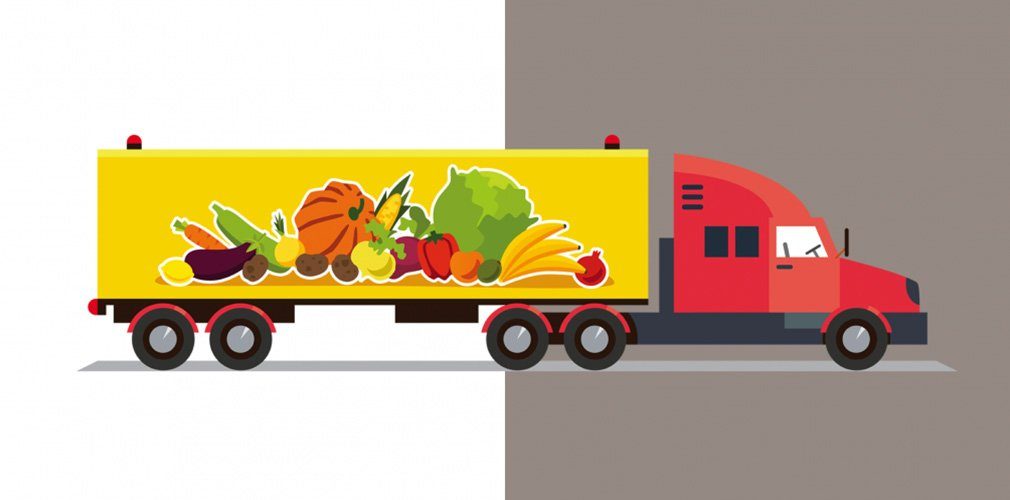The continuous growth of restaurant and drink industries, rising demands of fresh produce and faster logistics services have contributed to the rapid growth of cold chain logistics, which had a value of 26,000 million THB in 2019, and is expected to grow with a CAGR of 8% by 2022. With faster deliveries that can maintain the quality of the products, which also means increased safety for consumers, the cold chain logistics system has been further developed to provide better quality and to prevent natural deterioration of fresh goods, especially fresh meats, vegetables and fruits, seafood, ready-made food, drinks and dairy products.

The transportation of products in a temperature-controlled environment is divided into 2 types, namely the logistics for business partners (more than 70%) and the logistics for general customers. The success of cold chain logistics lies in creating a network of partners and making long-term agreements with them. This strategy enables more efficient management, helps cut production costs and ensures continuous revenues
However, cold chain logistics has several challenges, including the temperature management for different products, higher competition and stricter environmental and health regulations.
![]()




